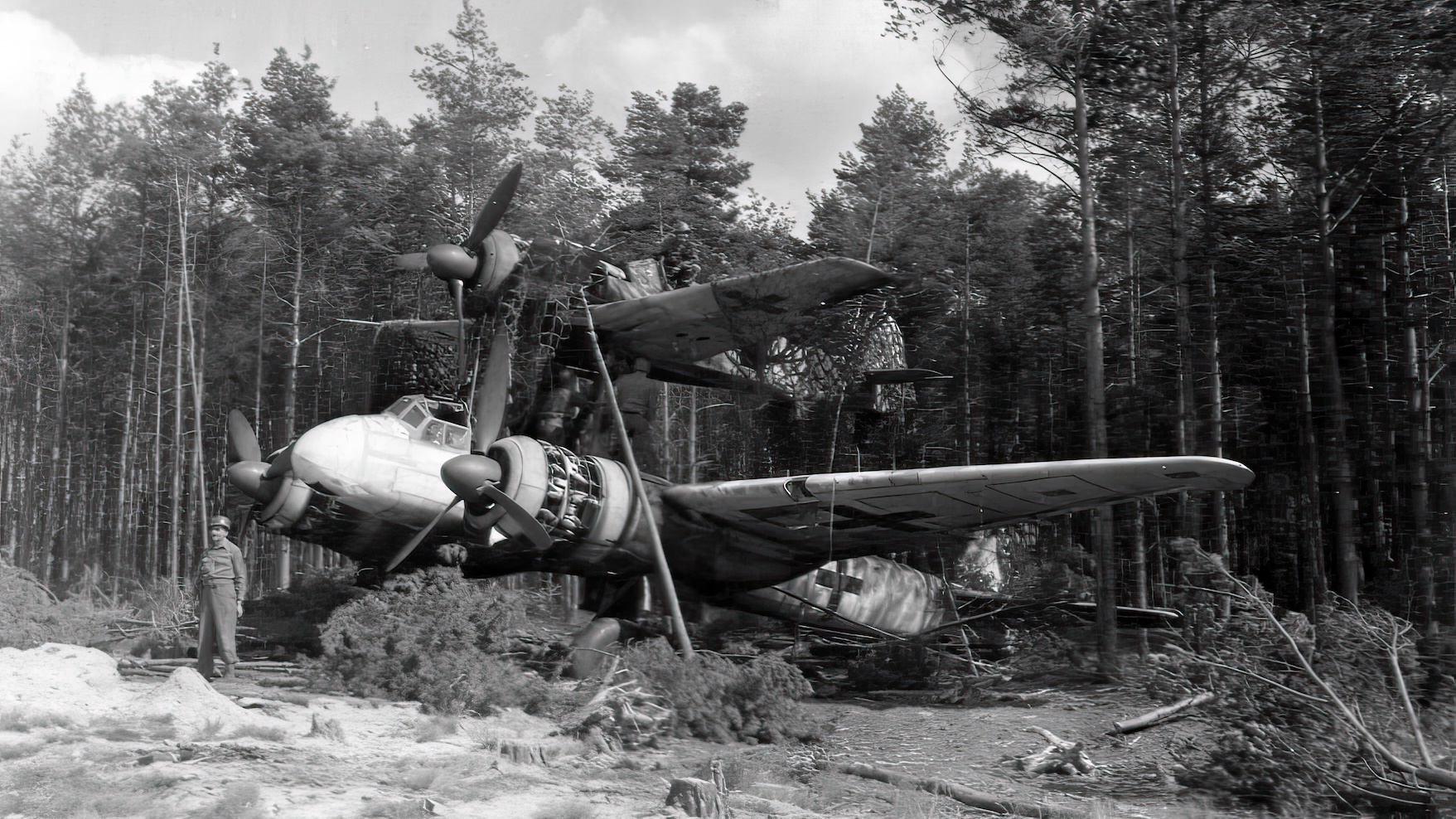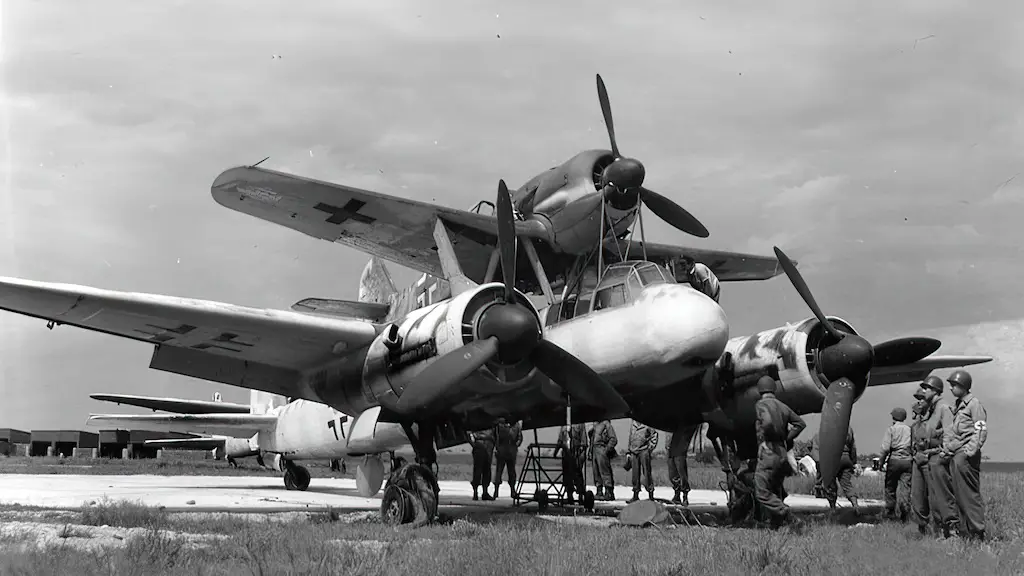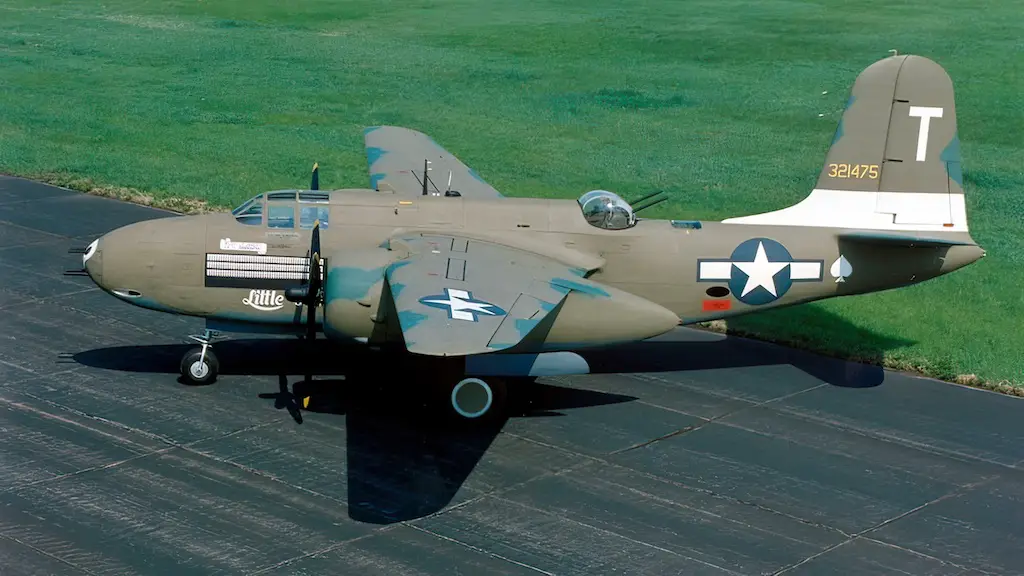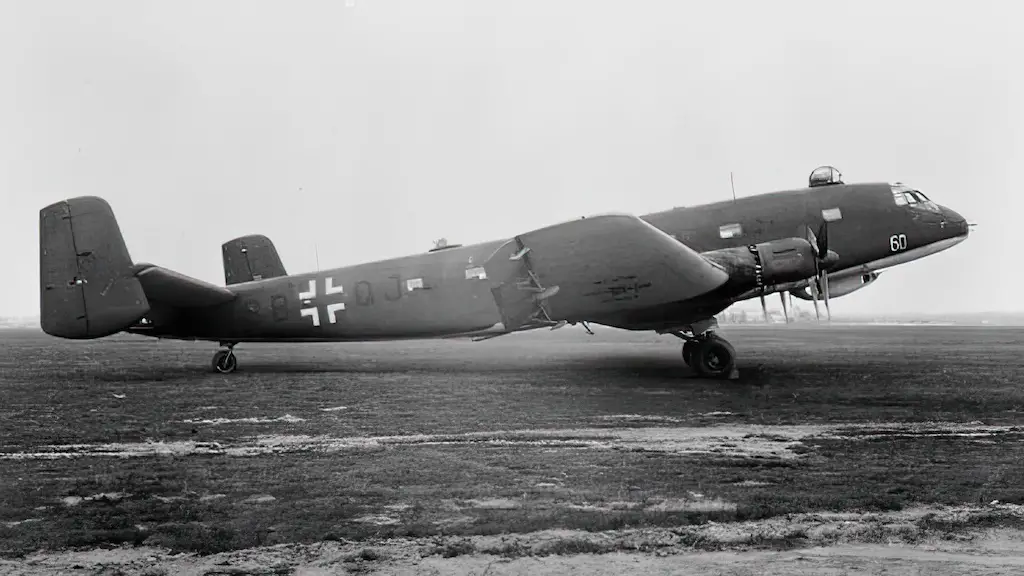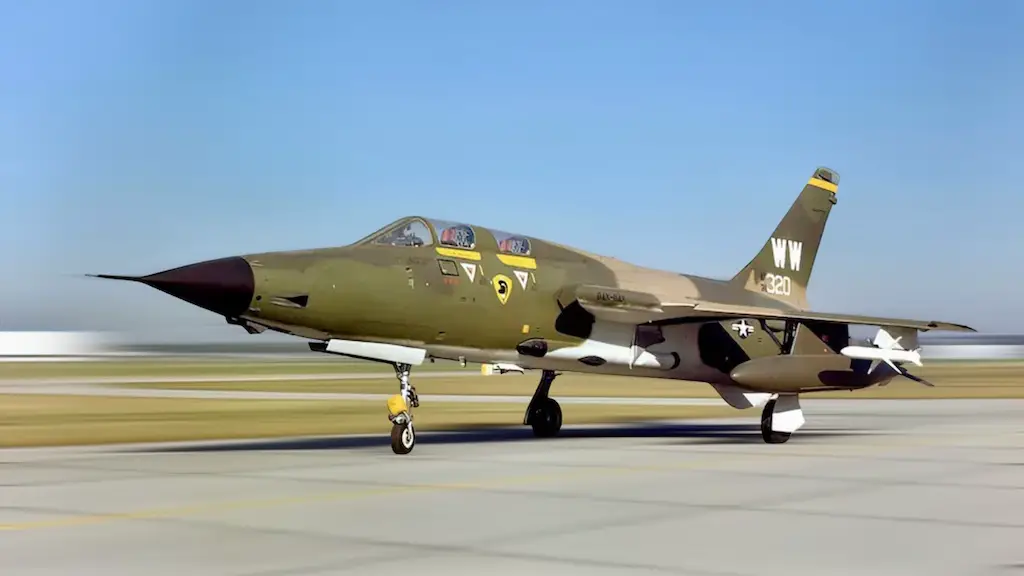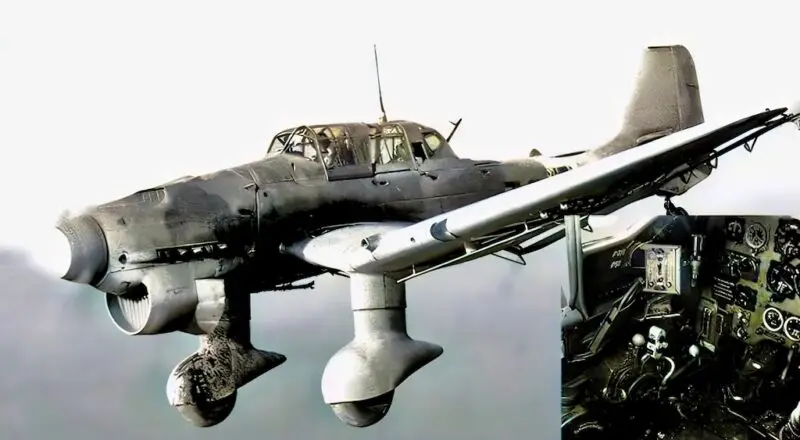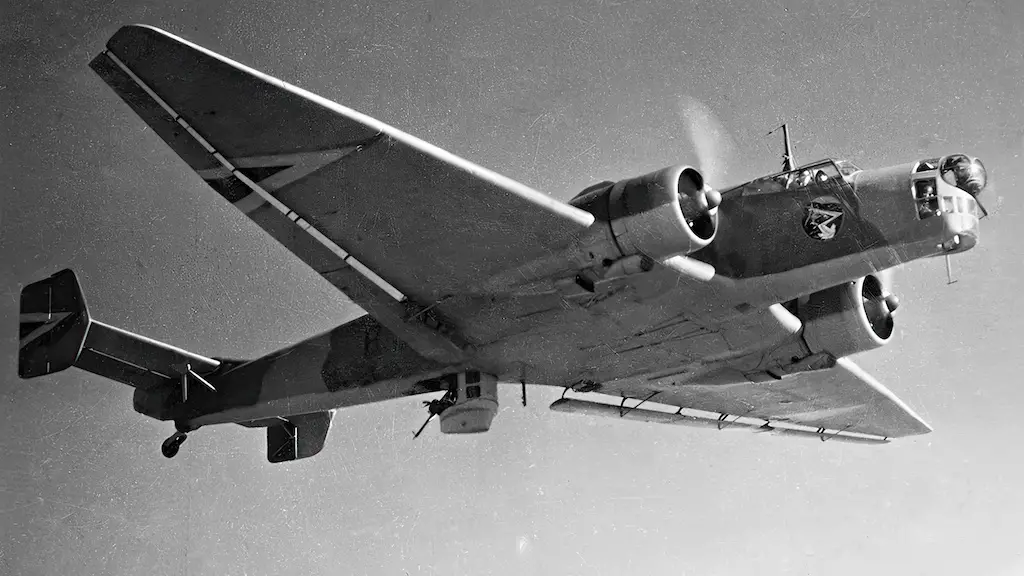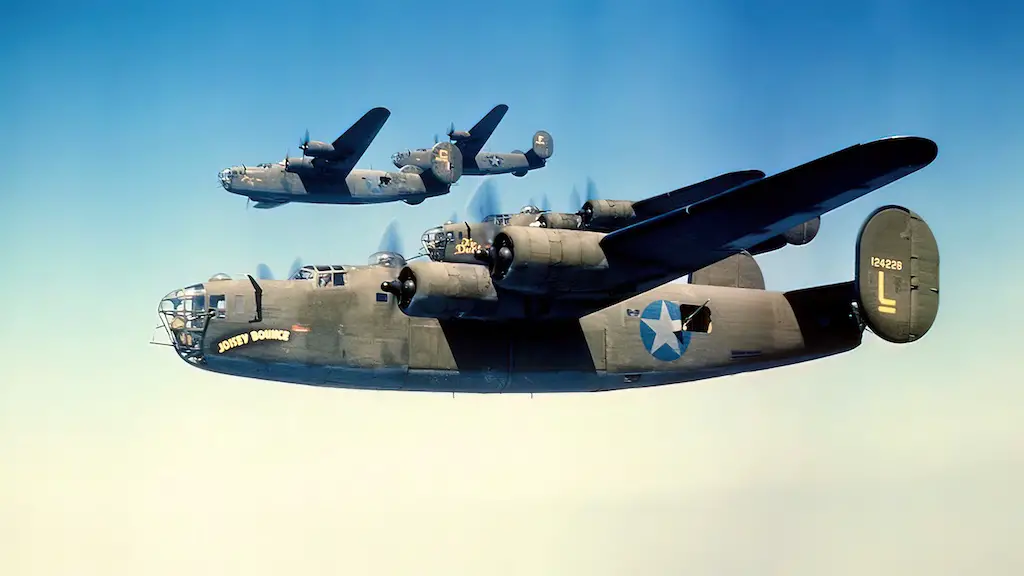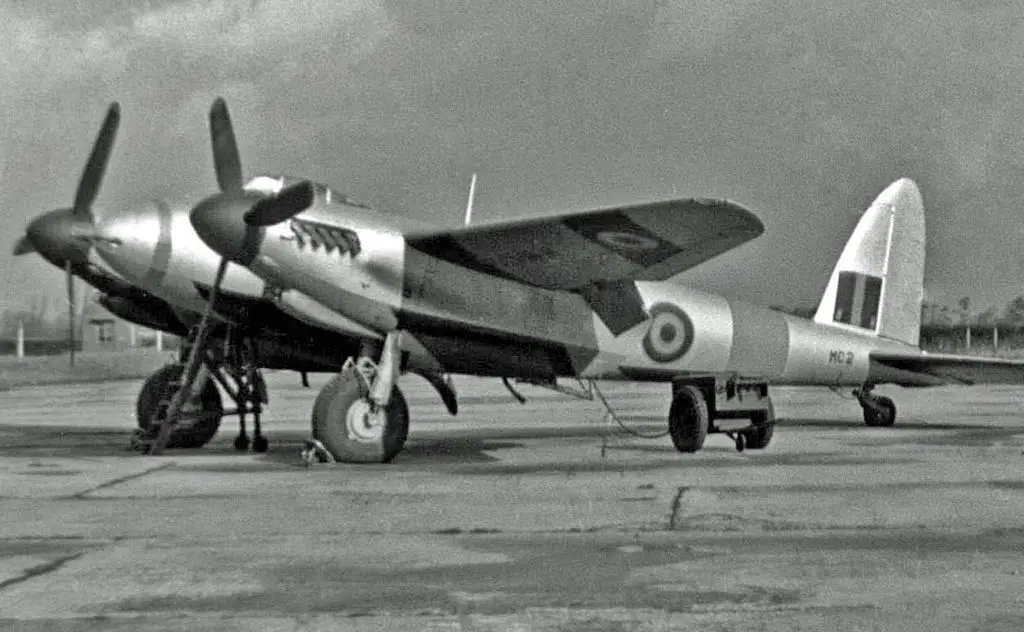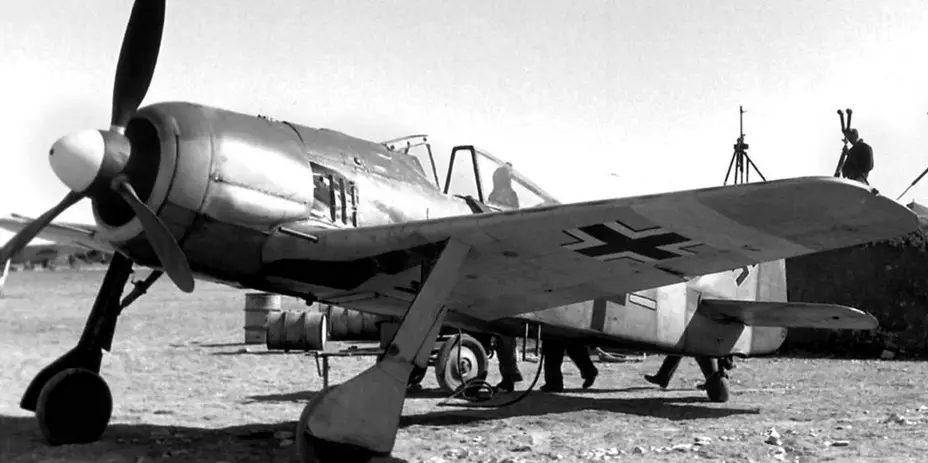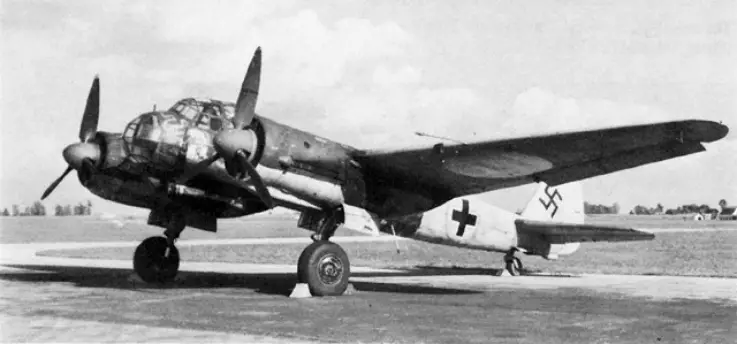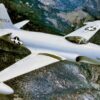Piggyback aircraft
In 1943 German engineers had the crazy idea to develop the Mistel (mistletoe) composite bomber, also known as “Father and Son,” or “piggyback” aircraft. It consisted of a fighter, a Messerschmitt Bf-109 or a Focke-Wulf Fw-190 sitting on top of a Junkers Ju-88 airframe. The fore part of Ju-88, where the crew would normally sit, was turned into a large hollow-charge warhead nose with 7,700 lbs of high-explosive inside, so effectively a drone.
The whole system was flown by the pilot of the upper aircraft, who then released the lower one on a direct course to the target. The purpose of this somewhat monstrous design was the destruction of battleships and aircraft carriers, as well as heavily fortified land targets.
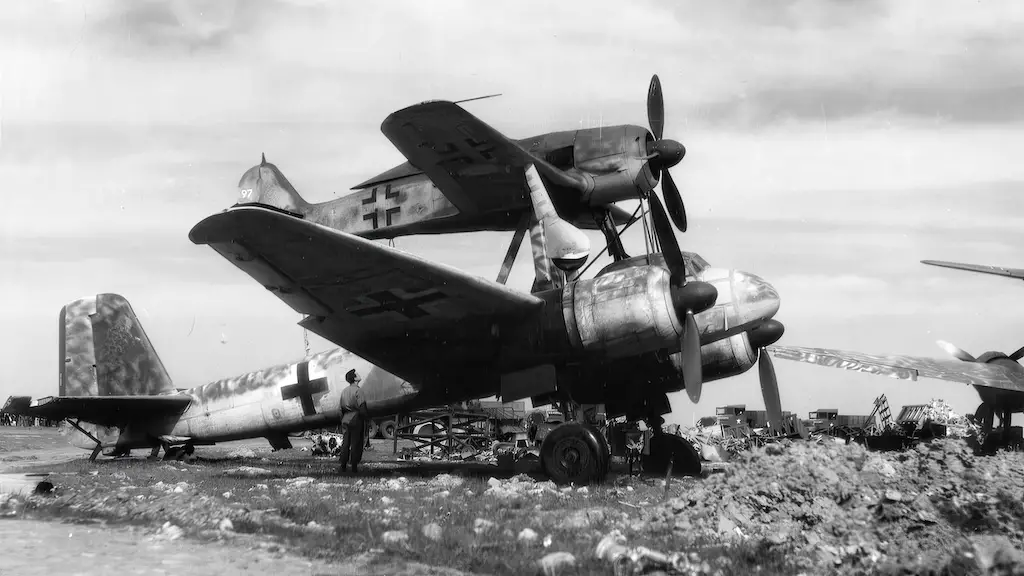
The Mistel first went into action in June 1944 off the coast of Normandy. The deadly load nearly missed HMS Nith, which however, still sustained some damage due to the tremendous blast.
Desperation
In 1945, when the Germany’s situation became increasingly desperate, the Luftwaffe command came up with a daring plan to bomb the Royal Navy’s base at Scapa Flow in the Orkney Islands. The operation was codenamed Drachenhöhle, or “Dragon’s Lair.” A task force flying from Tirstrup, Denmark, would include about a dozen Mistels. Each pilot was assigned a specific ship as a target. Upon completing the mission, they were supposed to head for Stavanger, Norway, for landing.
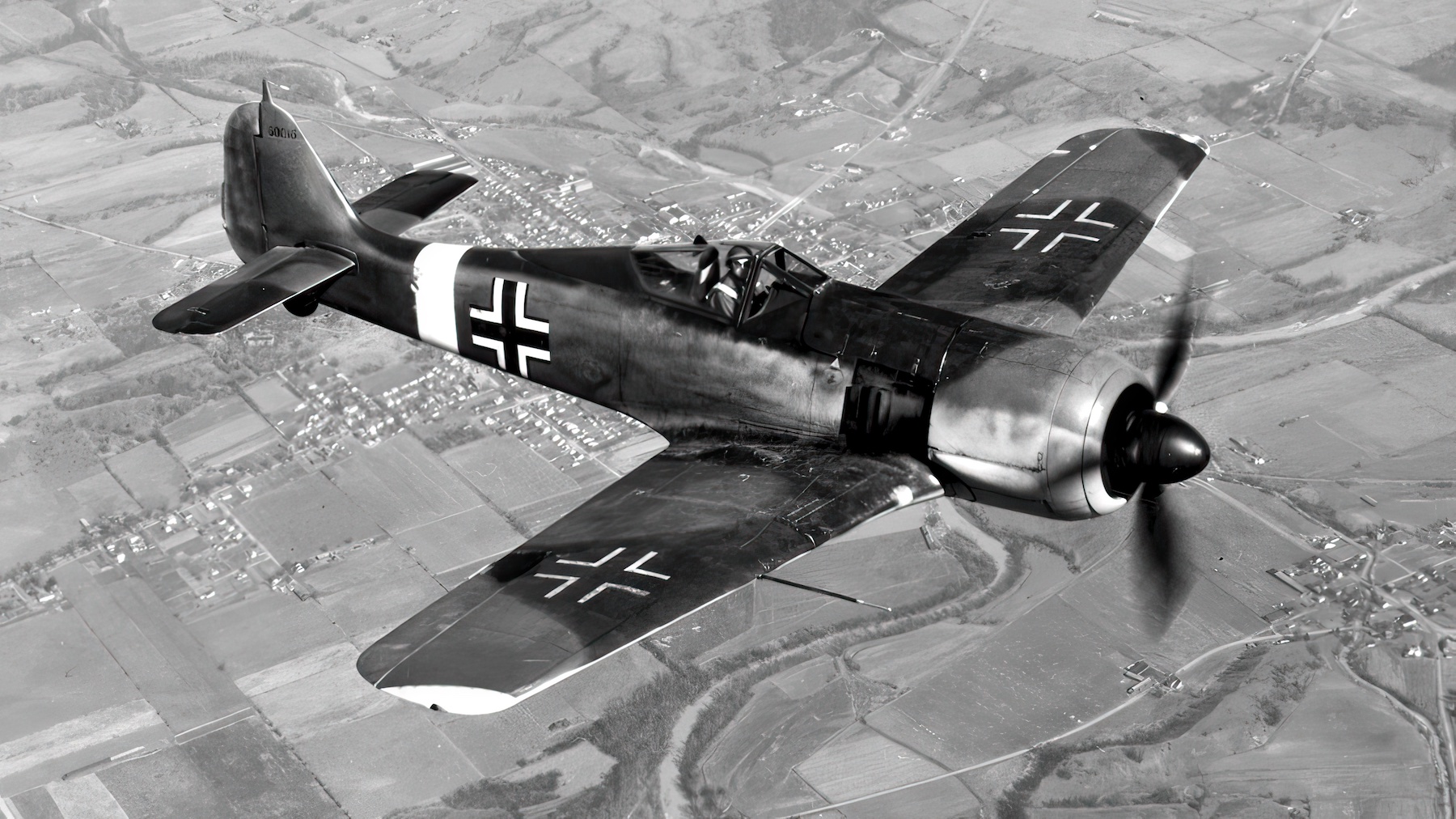
Scapa flow
On February 14, as the German pilots were awaiting the order to depart for Scapa Flow, a pair of de Havilland Mosquito FB.VIs appeared over the airfield flying at a treetop level. Those Mosquitos, based in Ford, Sussex, regularly flew on strafing missions against enemy airfields and other targets. On that day they took off to check up on the Tirstrup airfield. Arriving at the site, they found a bunch of Fw-190s mounted on top of Ju-88s and strafed them, setting at least one “piggyback” on fire.
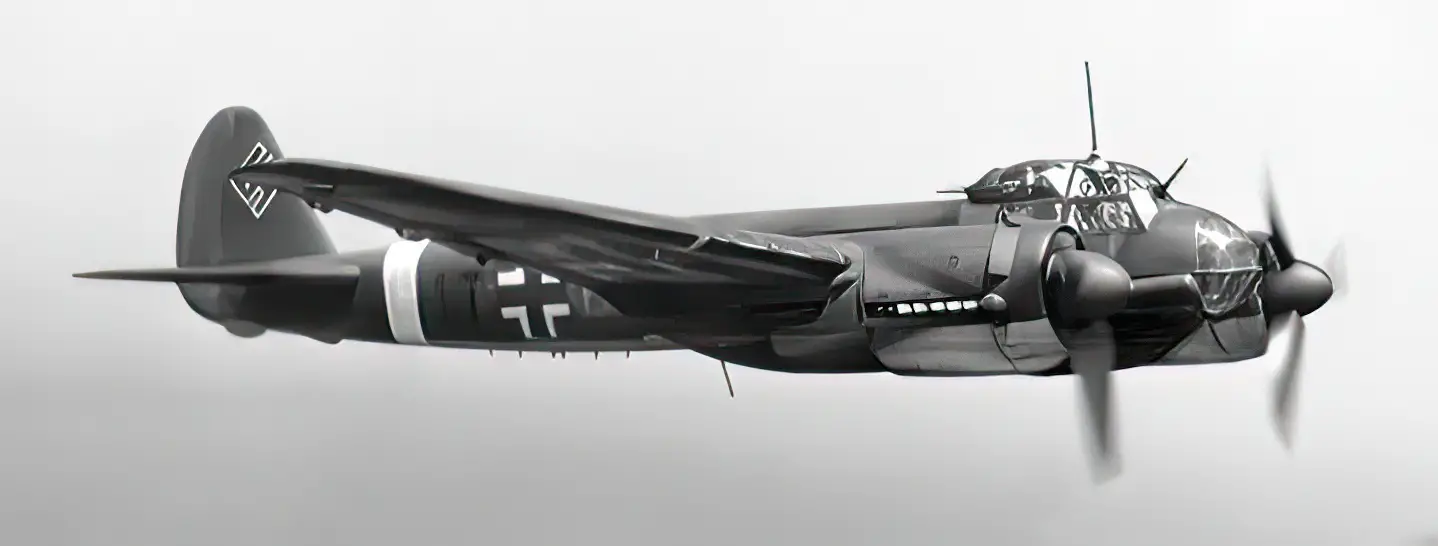
British Intelligence
It is now known that British intelligence was aware of the deployment of Mistel to Danish airfields as early as in January. So, that raid by Mosquitoes was probably not a coincidence, although the pilots had not been informed on what sort of targets they would find at Tirstrup. There’s even a theory that the Scapa Flow attack plans were leaked to the British intelligence by Werner Baumbach, German commander responsible for the operation, who deemed that mission unnecessary and nearly suicidal.
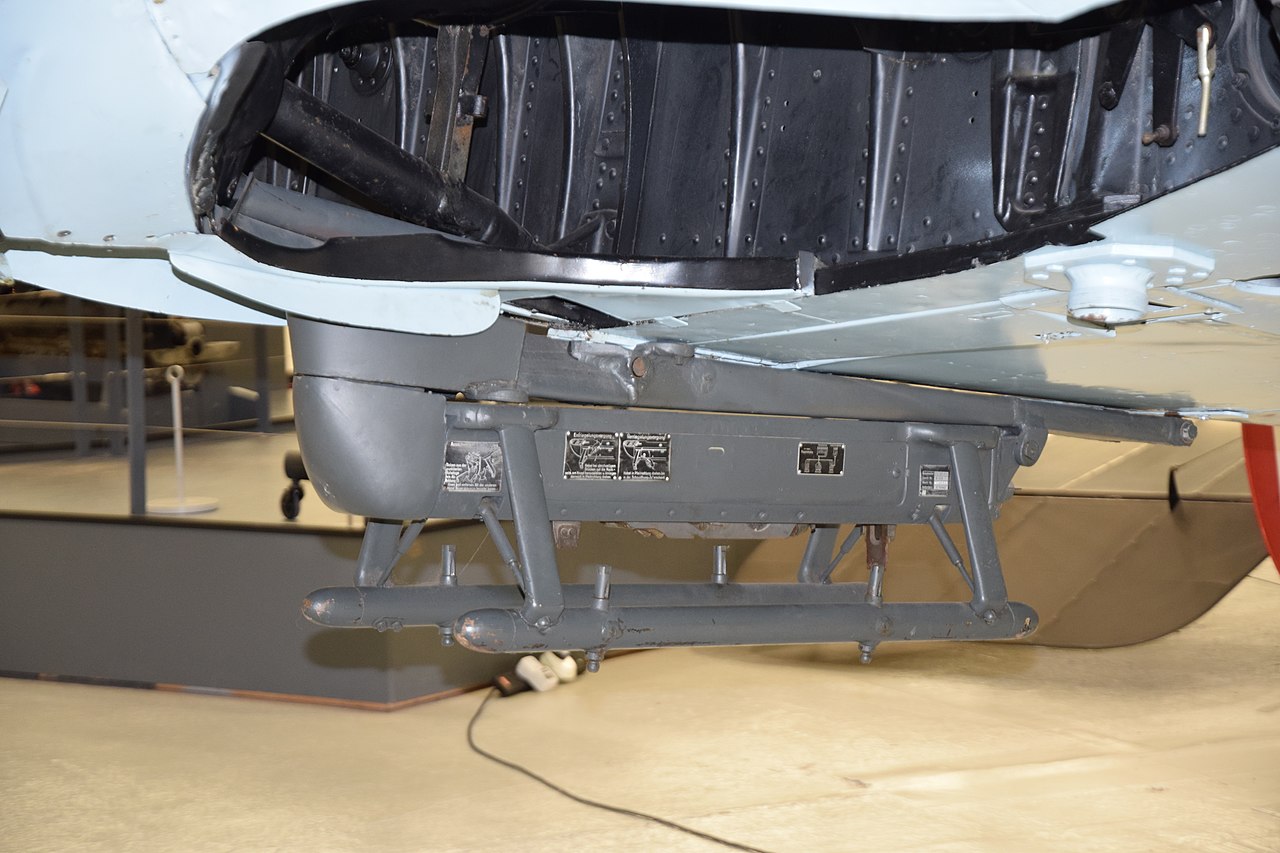
For some reason Mistel’s raid on Scapa Flow was postponed after that. Some German documents point to a change in fuel supply priorities in favor of another raid on the Eastern Front. Whatever the reason, Luftwaffe command decided that the operation “Dragon’s Lair” could not be carried out at the moment. And it wasn’t, either then, or ever after.
